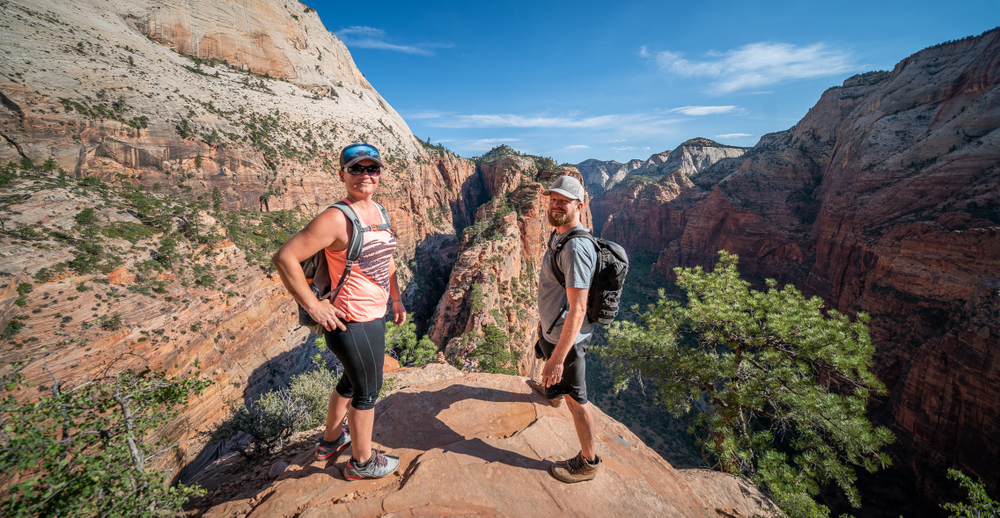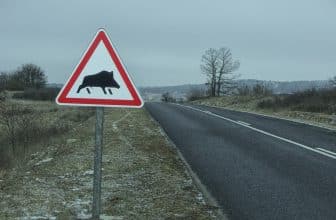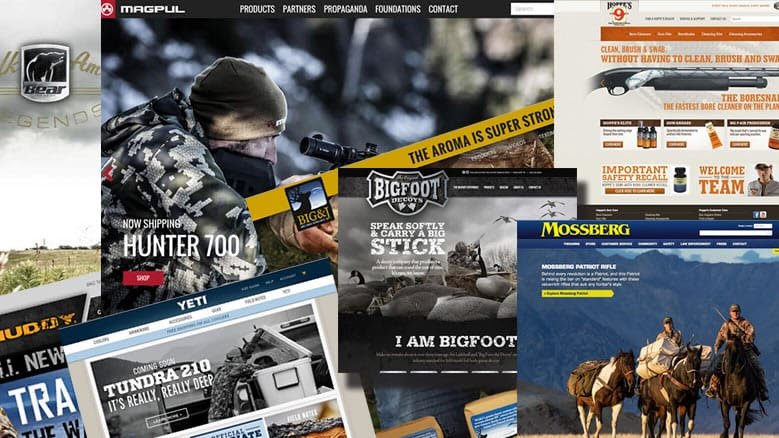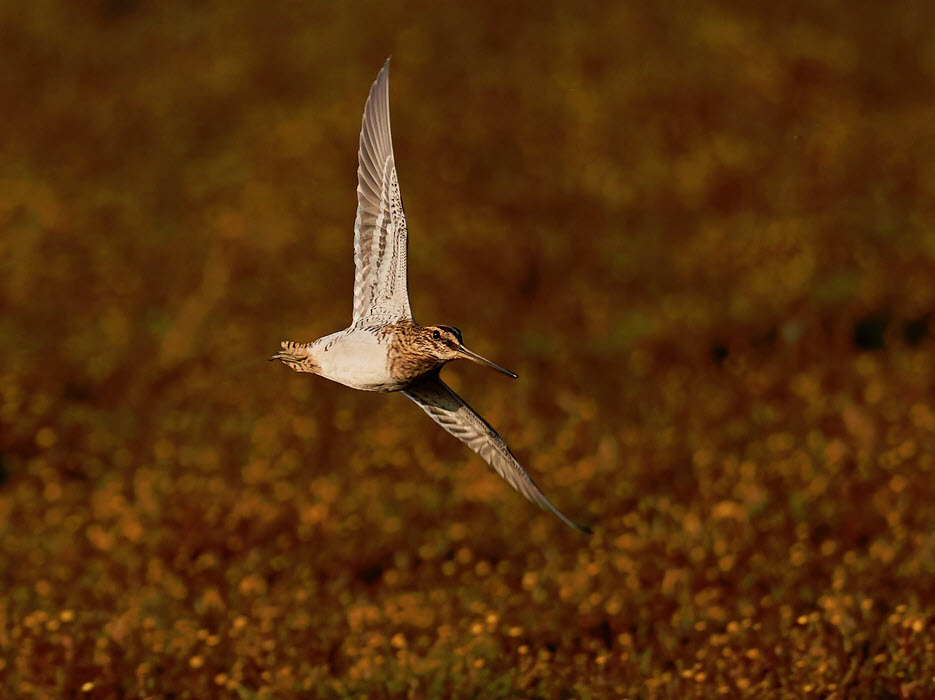
Predator hunting can be fun, and chasing coyotes will get you through the cold temperatures. It starts when the deer season ends, so you should be prepared for the weather. You need to have the appropriate gear and to go over all the tips and recommendations about it.
Any coyote hunter will tell you that some things will totally make the difference in the field. Get as many items as you can from our list so that you don’t get back home empty-handed.
What should you get on a coyote hunting?
If you’re new to coyote hunting, you may get overwhelmed by the list we’re about to give. You should take it with a grain of salt and decide on your own which one works for you or not. After all, it’s a lot about trial and error when it comes to hunting, coyote hunting included:
- Coyote drag
You don’t realize how valuable this item is until you have to drag several coyotes out of a deep river bottom without it. You can either buy it or make one on your own.
You simply cut a short PVC pipe, drill a hole through it, connecting some rope with a knot. The cable has to be quite so that you can attach it to the backpack. After all, you want to be able to drag the coyotes without your hands.
Some like to play it extra-safe and actually get two coyote drags when hunting!
- Varmint Ammunition
No matter your skills and experience, you still need the best ammunition to get your coyotes. You can find ammunition specially designed for varmint hunting, which ensures minimal pelt damage and impressive results. The knockdown power for this sort of ammo is fantastic.
This one is where you want to take variety to the next level. Nowadays, you can get calls and control them with the phone, thanks to Bluetooth technology. You don’t even need cell service for using the app. You can match it with convergent hand calls for diversity, for a more realistic feel to the calls.
- Suppressor
It’s one thing to love hunting, and another to lose your hearing on cause of it. Suppressors protect hearing for the hunter and anyone close to the shooter. They also ease out a follow-up shot, helping with recoil. You don’t realize the benefits until you start using one.
- Coyote light
Some manufacturers make lights with varmint hunting in mind. You can get firearms with high-quality stock, as everything is trimmed down for the most impressive lightweight experience.
- Shooting sticks
Any hunter knows that sometimes bipods are too short. Should you be in that situation, you can use tripod shooting sticks. It’s possible to leave the bipods on, but you may shoot from sitting down with the help of tripod sticks.
- Bipod
You don’t want to be prone all the time when coyote hunting. Therefore, a short set of bipods on your gun is going to increase your chance of shooting.
- Efficient optics
If you’re able to see your coyote before they see you, you’re already winning. Have some good optics on you at all times. Fundamentally, you glass all areas as you walk into, without spooking coyotes.
- Bino harness
More often than not, you will have to hunt in severe weather conditions, with snow on the setting. When you’re using a protective bino harness, you will protect the optics so that they’re clear and ready at any time.
- Seat cushion
Seat cushions are great because they make you more comfortable while sitting, but also keep your butt dry.
- Batteries
When you’re hunting on cold weather, you will be using your devices a lot more, so the cells will die faster. Always have an extra AA battery ready for the worst-case scenarios.
- Handheld GPS
It’s not impossible to get lost on a snowy blizzard. A handheld GPS attached to your backpack will help you go back on track. Should you drop something on the road, it’s always easy to go backtrack when you use the right tools. Plus, you find your way back to the truck a lot easier.
- Hunt maps
Some apps allow you to see your location, the property boundaries, and even the person owning it. It’s a useful tool that keeps your hunting legal and stress-free at all times.
- Ballistic chart
You can find a ballistic calendar that is dependable for long-range varmint hunters. Even though you can do it better when printing it out. Place it on the sock of the gun, so you can use it at any moment when out there.
- Snacks
One of the best parts of hunting is that you never know for how long you will be away. It’s better that you grab a nice variety of snacks in your pack so that you don’t go back home because you’re too hungry.
- Gear for keeping you warm
Being cold when hunting is no fun, and it takes the fun out of the hunt. Here are some things you may need for keeping yourself warm while going after coyotes:
- Boot blankets- Typically, it’s the hands and toes that get cold first. You can use some boot blankets so that you no longer have cold feet (literarily). It’s going to take some time until coyotes show up.
- Keeping hands warm: There are plenty of products out there that keep your hands warm, no matter how cold it gets outside. Besides, get both thin and thick gloves when hunting. You can use the mittens when walking in and out of the sets and keep the thin gloves when shooting. If it gets too cold, you can always put the mittens back on.
- Warm hat& face mask: You also need to keep your face and head warm on cold weather. Put on a warm hat, and don’t be shy to wear a face mask, especially on a windy day.
Now you’re good to go. But what can you do to succeed in coyote hunting?
Truth be told, you’re not going to get it from the first time, so you need to practice a lot. You may be doing something that keeps coyotes away, so continue reading to see if that’s your mistake too.
- You’re not using the right call
Surprisingly or not, coyotes will not come every time they hear something like a dinner bell. Many will actually turn tail and even run when hearing familiar sounds of coyote hunters. You will be more successful when using new and exciting sounds that coyotes haven’t heard before. Bird calls like stressed turkeys may work very well.
If you’re new to coyote hunting, an electronic caller may be your best shot. They’re easy to use and more reliable than other calls.
- There are no coyotes, to begin with
Don’t laugh, as it happens more often than you think. A deer hunter is patient and may spend months while looking for a big buck, whereas coyote hunters just assume that the coyotes are in an area, setting it all up.
Hunting in a place where are no coyotes or not that many are a waste of time and energy. You shouldn’t undermine the power of scouting. Spend some time looking for tracks and kill sites. Notice the coyote vocalization to find out where they call home. Even if you spend a couple of hours more, your chance for success is a lot higher. And once you found the area, don’t just scare them away with a shallow approach to calling setup.
- You don’t see the coyotes
Keep in mind that even if you haven’t killed a coyote just yet, it doesn’t mean that there is none called already. You may have called it, but the setup was off, and the coyote saw you before you do.
It’s quite a typical mistake for newbies to sit down and begin calling in a region where the visibility is poor. If you’re not able to see your coyote, the chances are that you’re not going to be able to shoot at it either. Even if you may not have another option but to hunt in thick cover, it’s always better that you move and call from an area when you’re able to see at least 50 to 75 yards. Ideally, you want the distance to be much farther than that.
You should practice looking for movement. It’s typical for an old coyote to stay in the cover and pay attention to the surroundings before moving into the open.
- You ruin the setup
Your positioning is fundamental for your success, and proper setup begins from the second you get to your location for hunting.
A sloppy approach and even slamming the truck door can ruin the coyote hunt right from the beginning. Coyotes like to observe things, and you should do the same if you want to have a shot on your quest.
Don’t just go ahead and prepare your setup. Be meticulous and ask yourself if the wind is right. Are you able to see? Can your prey see you?
When you’re hunting public land, what you think it is “convenient spot” may have been ruined a long time before you got there. Always pay attention when selecting your locations, valuing efficiency more than ease of entry or level of comfort.
- You don’t call enough/or too much
Honestly, this is not something that coyote hunters agree. Calling too much may warn a curious coyote, whereas not calling enough or too soft may not intrigue a coyote that is too far from you.
The rule of thumb is that you need to call loud and long in open areas. On the other hand, a big and long string of calls will spook coyotes in high-pressure areas.
Practice makes perfect, so you need to discover on your own. Remember how you call in some areas and what are the results. It’s going to take some time until you find out what works and whatnot.
- You’re hunting pressured coyotes
It may sound harsh, but it’s only the dumb coyotes that are dead by now. Smart coyotes are hard-hunted, but still alive, so what’s the secret?
Newbies shouldn’t get intimidated and give up on coyote hunting. It does take time to learn all the tricks. Moreover, there’s always going to be a hunter making a mistake or two at first.
Having said that, let’s remind you that coyotes that live in intensely hunted regions will be more challenging to shoot. It’s the way it goes. But it doesn’t mean that coyotes cannot be tricked; after all- you have all the means for outsmarting them!
Keep in mind that pressured coyotes will not fall for the same call that all the other hunters used. It’s your time to get creative and to shine! Get creative and try various calls while keeping it all subtle and witty!
- There aren’t enough places to hunt
If the whole area with coyotes is only 40 acres or so, you will be done with the field faster than you’d think. Fortunately for coyote hunters out there, many landowners will be willing to help if you’re determined to try some coyote hunting on their land.
Now it’s a good time to be sociable and to make some friends amongst the local landowners. Get access to the ground and find out where the coyotes like to hang out. No matter how much you want to hunt, it’s never ok to tear up fences, trespassing, littering, or doing anything else disrespecting landowners. You don’t want to lose your hunting permit over a coyote.
- Don’t give up just yet!
Many entry-level coyote hunters simply give up on a set too soon. It doesn’t matter where you go; you should spend at least half an hour on a set. You shouldn’t do otherwise unless it’s snowing, raining, or windy. In this case, your call isn’t going to travel much anyway, so the chances to get something are poor.
On a regular day, with 10miles per hour wind or even less than that, you should spend around 20 minutes when calling the coyotes. Newbies don’t also wait that long, which is a rookie mistake.
You should have patience and give the calling location enough minutes to work. Don’t go sooner than 30 minutes have gone by.
One final piece of advice
Coyote hunting is for hunters that don’t want to stay away from the hunt even when the deer season is gone. It may not be as rewarding as deer hunt, but it’s still hunting, and you cannot call yourself a real hunter until you’ve tried everything. Well, almost everything!








